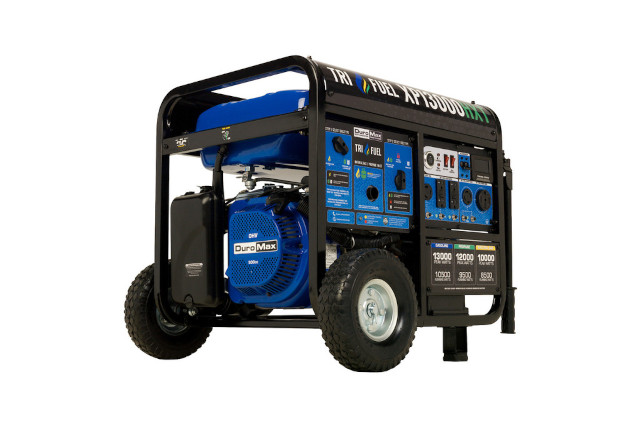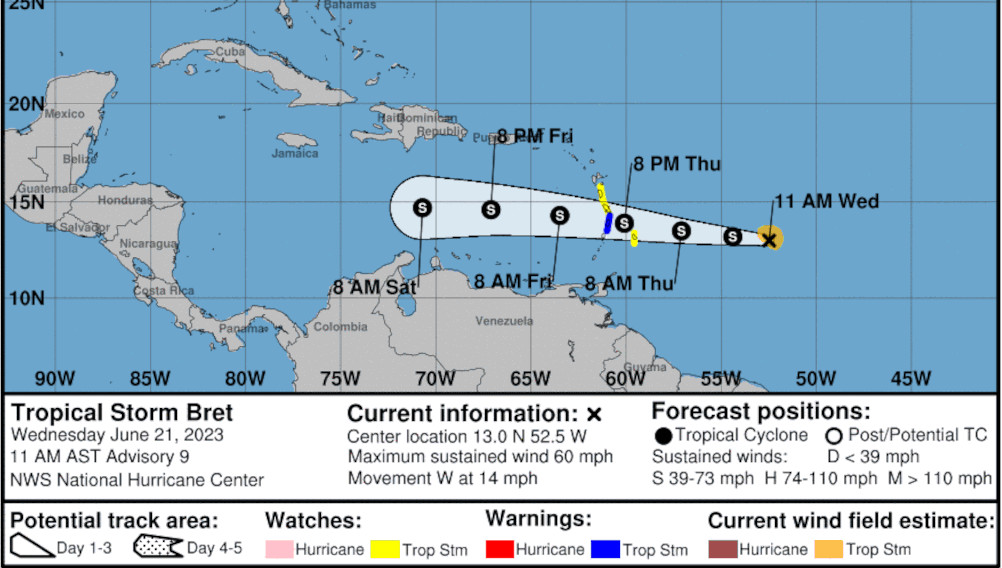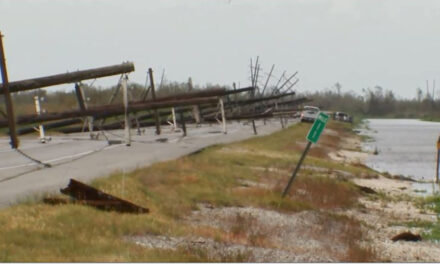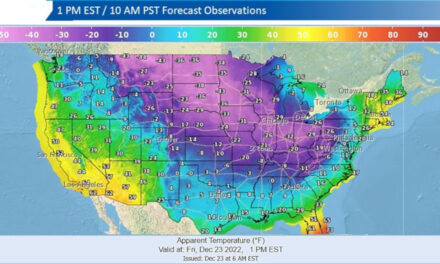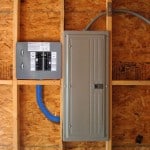Blackouts Possible if Texans Don’t Reign in Power Use
ERCOT, the Electric Reliability Council of Texas, has asked residents to conserve electric power by cutting back on air conditioning and appliance use in the face of record-setting heat. ERCOT projected shortage in reserve capacity yesterday (June 20) from late afternoon into evening. Presently, the grid operator has not implemented emergency operations, but could instate rolling blackouts to maintain reliability.
Rolling blackouts are a tool used by energy suppliers to avoid grid collapse caused by demand exceeding supply. The record freeze during Winter Storm Uri in 2021 with the corresponding spike in electric heating overwhelmed supply. ERCOT shut down a number of generators to avoid a total grid collapse. Thousands of Texans lived without power in subfreezing temperatures for days.
FEMA Recommeds an Emergency Power Source for Everyone
ERCOT expected yesterday’s peak use would top the previous record of 80.148 Megawatts.
Coupled with recent outages over the weekend and the emergency blackouts of 2021, some residents are wondering if Texas is really energy independent.
Popular Portable Generators for Home Backup
A single home in a dark neighborhood has power during a blackout. Their standby generator restored power seconds after the utility cut power, sending the portions of a local distribution grid into darkness.
Weekend Storms Leave Millions in the Dark
Meanwhile, millions of people across Oklahoma, Texas, Louisiana, and Missouri were left without power after weekend storms with hurricane-force winds wreaked havoc on local power distribution grids. Oklahoma and Texas led with the most outages. Oklahoma officials tied at one death to the extended outages when a respirator failed after losing power.
Temperatures in the triple digits made the outages even more unbearable as residents suffered through the outages without air conditioning. As of this morning, utility crews had reduced the number of outages to about 200,000 customers, or about 600,000 people.
Although power providers are working to restore power, some customers may wait until the end of the week for power.
Tulsa Mayor G.T. Bynum asked residents to check on family and neighbors reliant on medical equipment.
Mississippi also tied power outages to the storms. As utility crews worked to restore power, a wave of tornadoes hit the state Sunday night into Monday, killing at least one person and injuring over twenty. The outages forced grocery stores and pharmacies to close.
Tropical Storm Brett Headed for the Caribbean—Is Cindy Right Behind?
Tropical Storm Watch in Effect for Barbados, Dominica, and Martinique
Unusually warm sea surface temperatures in the tropical Atlantic Ocean are providing energy for tropical storm formation. The dry, dusty air from the Sahara Desert that typically inhibits tropical cyclone formation this early in the season has moved to the north. Combined with low wind shear, conditions in the eastern Atlantic are conducive to tropical cyclone formation.
Tropical Storm Brett, the second named storm of the 2023 Atlantic Hurricane Season, is heading for the Caribbean. The seven-day forecast puts it midway between the Dominican Republic and the northernmost tip of South America. Historically, storms on this track could turn north for the Gulf of Mexico or hit the Central America or Mexican Coast. It’s not uncommon for a storm to reach Mexico, then turn north into the Bay of Campeche before heading toward Texas, Louisiana, or further east.
If Brett hits the Gulf Coast as a tropical storm, the possibility exists for torrential rain and high winds. If it restrengthens into a hurricane before landfall, the potential for widespread and extended power outages becomes a reality. The long-range forecast for Brett is uncertain, although some commercial weather forecasts extrapolate the track into next week.
Another system on Brett’s heels could become Tropical Storm Cindy or Hurricane Cindy.
Are you ready for this summer’s storms and hurricane season?




